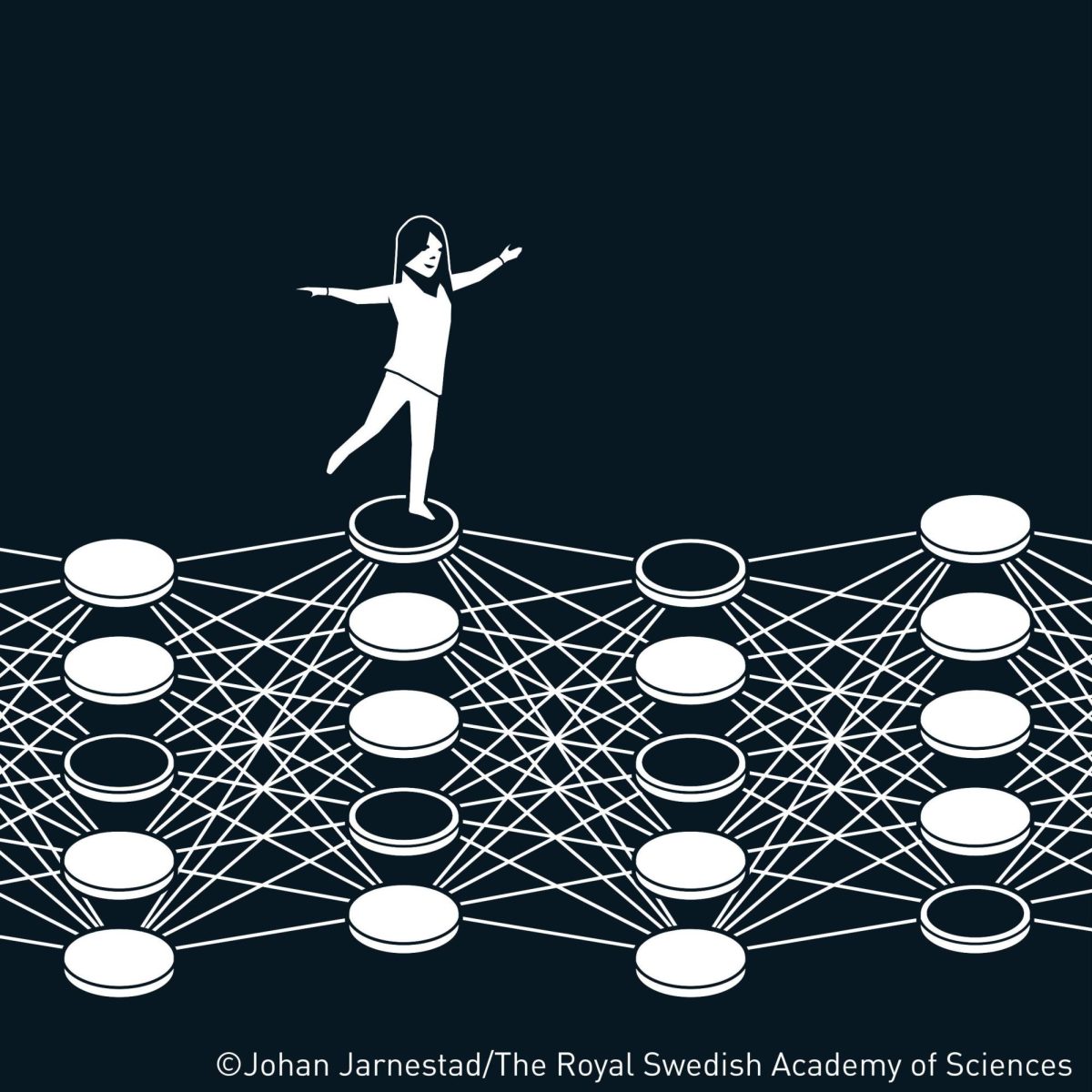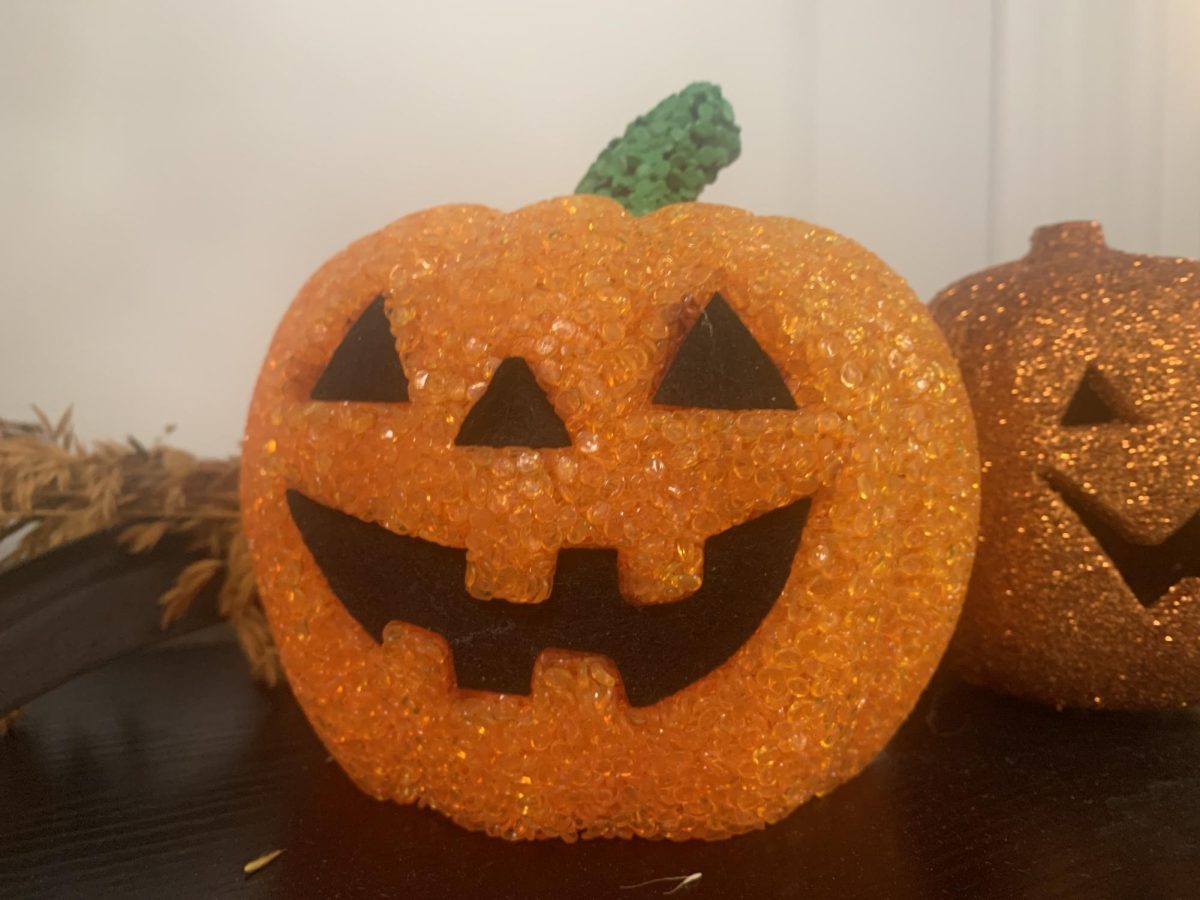Halloween is undoubtedly the most popular holiday in the US; according to novareinna.com, 65% of Americans celebrate it every year. However, only a few people know traditions similar to Halloween exist worldwide – and they are surprisingly fascinating in their own way.
“Guy Fawkes Day” is celebrated every year on Nov. 5 in Great Britain and commemorates the execution of the English traitor, Guy Fawkes, who in 1606 tried to blow up the Parliament building. To remember this day, children began to craft effigies of Guy Fawkes, either to burn them in bonfires or walk the streets to beg “a penny for the Guy.” Since the English eventually stopped celebrating the original Halloween due to the spreading of the Protestant Reformation, Guy Fawkes Day soon took its place.
One celebration a lot of Americans do know is “Día de Los Muertos,” the Day of the Dead. However, contrary to what many people think, it is not only celebrated in Mexico – where it originally is from – but all throughout Latin America. During this festival, which goes from the night of Oct. 31 to Nov. 2, people honor their deceased ancestors by visiting their graves and building them altars with food and marigolds at home. It isn’t about mourning their deaths, but rather about celebrating their lives. Therefore, a lot of loud, colorful festivals and parades are organized with music, skeleton and skull decorations, and lots of food. Based on Aztec and Catholic origin, the event is hundreds of years old but only became really popular during the 1900s.
Even Buddhists have their own version of Halloween. In Japan, the dead are believed to return to their families either on every July 15 or Aug. 15. This occasion has been celebrated for 500 years with the annual “Obon Festival,” one of Japan’s three major holidays. People dress in traditional Japanese clothing and organize carnivals and dances. To guide the returning spirits, red lanterns are first hung next to graves and houses and later at night put into rivers and lakes to accompany them on their way into the after-world again.
Thus, the American way of celebrating Halloween is only one of many ways to do it. Samantha Bladel, junior, likes to participate in the traditional way. “I celebrate by dressing up and having a small party with friends, where we usually just hang out, watch horror movies and eat candy,” she said.
French teacher Adrianne Sheybani, on the other hand, is not very involved in the festivity anymore. “When my kids were little, we would dress up and go to a few parties. Now that they’re older, we just hand out candy.” And history teacher Jeff Meyers only tags along for his children’s sake. “I go trick or treating with my son, but I don’t consider Halloween being a very important festivity.” But even so, every American’s typical Halloween, as Sheybani sums it up, has a few things in common, “Trick or treating, haunted houses, people dressing up, and having fun.”








Samina Abdullah • Oct 19, 2016 at 10:28 pm
I didn’t know if any other countries celebrated Halloween so this was very informative! Guy Fawkes Day is a holiday that I didn’t know about also which has a peculiar origin, maybe or maybe not worth celebrating in my opinion. Then again, as implied in the article’s conclusion, people in the U.S. give varying importance to Halloween. Oddly enough, I have lived in America for all my life and celebrated 14 Halloween’s, but I do not really know the American significance of Halloween.